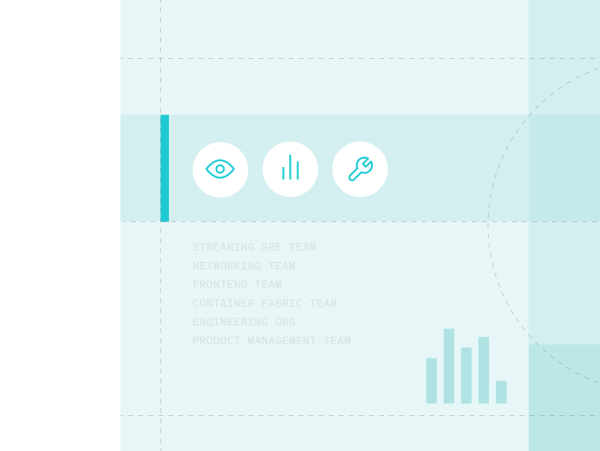For the New Relic frontend organization, the production monitoring environment creates a continuous feedback loop and ensures immediate insights into potential issues. This self-monitoring extends across all critical facets of New Relic's operations, even for complex micro-frontend architectures where the team has developed detailed custom dashboards and alerts.
The frontend teams rely heavily on these New Relic functionalities:
- Synthetics: Proactive monitoring of critical functionalities and user flows.
- Dashboards: Customized dashboards provide a holistic view of system health, performance trends, and critical alerts across various components and micro-frontends.
- New Relic Query Language: Engineers extensively use the intuitive query builder and New Relic Query Language for on-the-fly data exploration, hypothesis testing, and rapid incident investigations.
- Service Levels and Alerts: Proactive alerting based on defined SLOs ensures immediate notification of service degradations or potential outages, often before customers are impacted.
Key metrics continuously observed include:
- Loading Time: Performance metric for frontend experiences.
- Availability: Ensuring services are accessible and operational.
- Latency: Tracking response times to identify bottlenecks and ensure a smooth user experience.
- Throughput: Monitoring data volume and processing rates to assess system capacity.
- Error Rates: Identifying and quantifying errors, particularly JavaScript errors for frontend, to pinpoint areas requiring immediate attention and improvement.
For the frontend engineering teams, the New Relic on New Relic approach yields significant strategic advantages:
- Proactive Problem Solving: By catching issues in staging environments and through aggressive alerting on SLOs, New Relic SRE teams can address problems before they reach and impact customers, leading to higher quality software.
- Faster Incident Investigation and Resolution: New Relic charts and NRQL are primary tools for dissecting problems, identifying root causes, and accelerating time to resolution, even for complex edge cases in production. The shared context provided by New Relic dashboards and runbooks reduces context switching and enables faster collaborative troubleshooting. Further, granular visibility with New Relic that assigns ownership to services and components, drastically reducing time spent identifying the responsible team during incidents.
- Continuous Product Validation and Enhancement: Monitoring New Relic's own staging and production environments provides invaluable real-world feedback, allowing rapid UX improvements.

